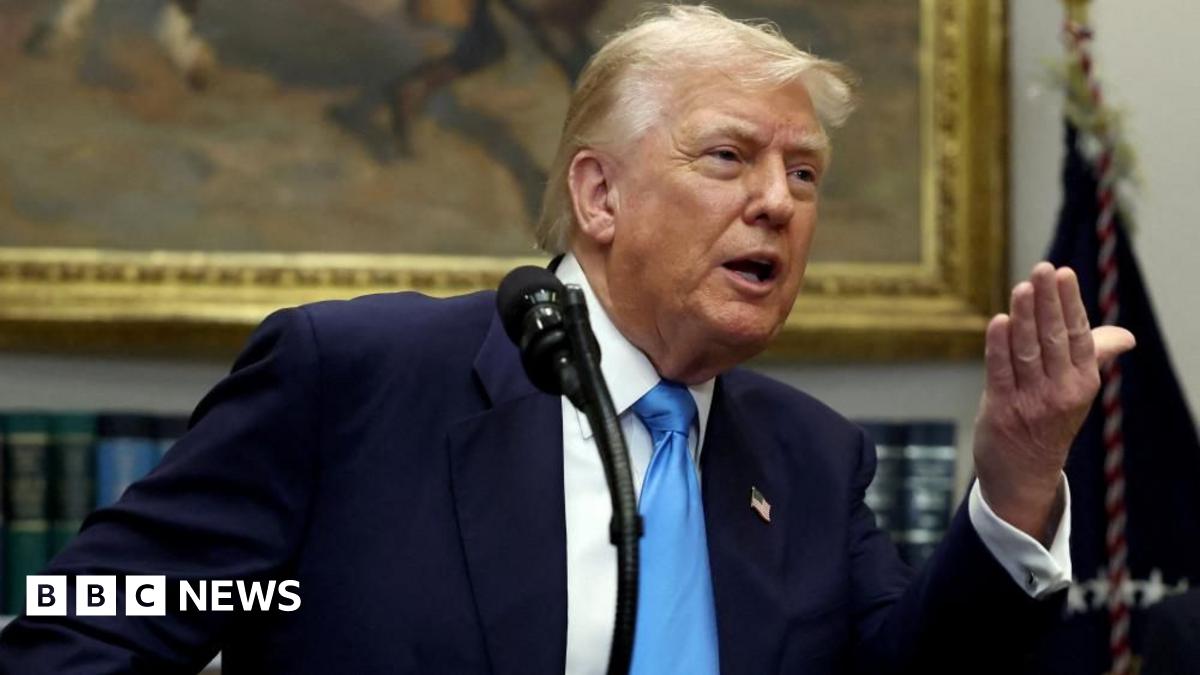What Happened
On June 16, 2025, the U.S. stock market showed signs of recovery following a tumultuous week marked by escalating tensions between Israel and Iran. The S&P 500 index rose by approximately 1.1%, while the Dow Jones Industrial Average increased by 404 points, or about 1%. This rebound came after significant declines in the previous week, where the Dow fell over 700 points due to fears surrounding the conflict in the Middle East. The Nasdaq Composite also experienced gains, rising by 1.5% during the same trading session.
The fluctuations in the stock market were closely tied to developments in the Israel-Iran conflict, which had seen Israel conducting airstrikes on Iranian targets, prompting retaliatory missile launches from Iran. Despite the ongoing military actions, investor sentiment appeared to improve as reports indicated that Iran was open to negotiations, which alleviated some fears of a broader regional conflict. Concurrently, oil prices, which had surged due to the conflict, began to decline, with West Texas Intermediate (WTI) crude oil futures falling over 3% to around $70.47 per barrel.
Key Details
- Stock Market Performance: The S&P 500 rose 1.1%, the Dow Jones increased by 1%, and the Nasdaq Composite surged 1.5% on June 16, 2025.
- Oil Prices: WTI crude oil futures dropped by more than 3% to $70.47 per barrel after reaching highs of $77 earlier in the week.
- Conflict Background: The Israel-Iran conflict escalated with Israel’s airstrikes targeting Iranian nuclear facilities, which resulted in retaliatory missile strikes from Iran.
- Investor Sentiment: Optimism grew as reports suggested that Iran was willing to negotiate, potentially limiting the conflict’s escalation.
- Economic Indicators: A weaker-than-expected manufacturing survey was released, coinciding with the Federal Reserve’s upcoming interest rate decision, where a hold on rates was anticipated.
Multiple Perspectives
Analysts have provided varying interpretations of the market’s response to the geopolitical tensions. Krishna Guha, vice chairman at Evercore ISI, noted that the market was finding comfort in the prospect that the conflict might remain contained, although he cautioned that risks of escalation still existed. Conversely, some market observers expressed skepticism about the sustainability of the stock market’s rebound, given the underlying economic uncertainties and the potential for further conflict escalation.
Additionally, the decline in oil prices was viewed differently by various analysts. Some argued that the drop indicated a normalization of market conditions as fears of immediate supply disruptions eased. Others suggested that the decline could be temporary, as the conflict’s implications for global oil supply remained uncertain.
Context & Background
The recent uptick in stock prices and the decline in oil prices occur against the backdrop of a complex geopolitical landscape. The Israel-Iran conflict has historically impacted global markets, particularly in the energy sector, given the strategic importance of the Strait of Hormuz, through which a significant portion of the world’s oil supply is transported. The potential for military escalation in this region often leads to volatility in oil prices, which can have cascading effects on stock markets.
Furthermore, the Federal Reserve’s monetary policy decisions play a crucial role in shaping market dynamics. With the Fed expected to maintain interest rates, the implications for economic growth and inflation are closely monitored by investors. The interplay between geopolitical tensions and domestic economic indicators creates a challenging environment for market participants.
What We Don’t Know Yet
While the current situation shows signs of stabilization, several uncertainties remain. The durability of the ceasefire and the potential for renewed hostilities between Israel and Iran are still open questions. Additionally, the long-term impact of the conflict on oil supply and prices is not yet clear, particularly if Iran decides to take more aggressive actions in response to Israeli strikes.
Moreover, the Federal Reserve’s future monetary policy direction remains uncertain, especially in light of conflicting economic signals. The upcoming interest rate decision will be critical in shaping market expectations and investor sentiment moving forward. As such, market participants will need to remain vigilant and responsive to both geopolitical developments and economic indicators in the coming weeks.





